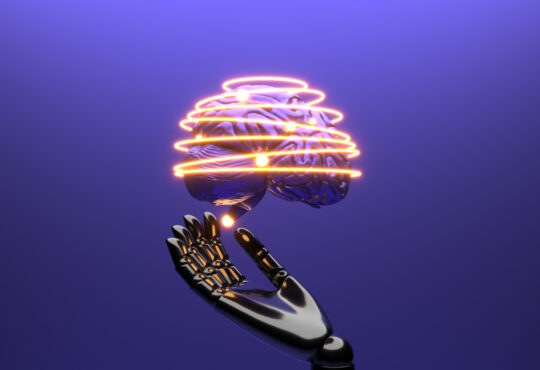Imagine the gleam of chrome and the purr of an engine from a bygone era. Now, picture infusing that scene with today’s technology. The world of classic cars has long been an escape from the past. Still, as our lives become increasingly digitized, even these timeless treasures are finding new life and fans through modern IT Infrastructure and applications. It’s a marriage of historic beauty with high-tech efficiency, enabling enthusiasts to connect, restore, and enjoy vintage automobiles like never before.
The Digital Garage: Cataloging Classics with Cutting-Edge Tech
Picture walking into an auto showroom where the past meets the present. Behind the pristine bodywork of each classic car lies a detailed digital record, meticulously organized within an advanced database system. IT solutions have become mechanics, fine-tuning how we store and retrieve information about these vintage vehicles. From detailed histories to previous owner anecdotes, technology is helping us ensure the legacy of every classic car is preserved and easily accessible to potential buyers and historians. This development empowers sellers to showcase their vehicles to a global audience, while buyers can access a wealth of information to make informed purchases from anywhere in the world.
Efficiency and convenience are at the forefront with RFID technology tagging each component, providing instant inventory updates, and enabling quick retrieval of the history and specifications of a specific car. Owners and restorers can now track down the lineage of parts, simplifying restoration projects and ensuring authenticity. With a simple scan, what once took hours or even days of meticulous sifting through documents now unfolds in minutes, underscoring the harmonious balance between technological advancement and the preservation of nostalgia.
Forging Connections on the Information Superhighway
The roar of a classic engine now echoes through cyberspace, bringing together a community of those who revere the aesthetics and engineering of the past. Social networks and online forums have revved up the concept of the Car Meet, allowing enthusiasts to share tips, stories, and the success of car restorations from all corners of the planet. Discussions that once happened at local gatherings now take place on global platforms, guarded by cybersecurity measures that keep the community’s shared knowledge and private data safe. This is IT’s role in fueling the passion for vintage vehicles, allowing them to surge forward without forgetting their origins.
Navigating the Restoration Road with Tech Tools
Restoring a classic car is like piecing together history; now, with digital tools, the puzzle is becoming less complex. Technology is the new toolbox for any classic car zealot, from inventory management software that helps track down elusive parts to instructional videos guiding step-by-step processes. More intriguingly, the advent of 3D printing technology has opened doors to reproducing rare parts that would otherwise be impossible to find, ensuring that almost any classic car can be brought back to its former glory. It has become a restorer’s best friend, providing a wealth of resources that support the preservation of automotive history.
The Scenic Route Goes Digital
In embracing the nostalgia that comes with driving a classic car, enthusiasts are also looking for ways to enhance the experience with the latest in tech. This includes journey planning using GPS devices specifically tailored for classic vehicles, which can conserve the car’s battery and guide drivers along picturesque routes that match the era of their vehicles. Tech also comes into play in enabling car lovers to find specialized roadside assistance that caters to the needs of their cherished autos. This interplay between the old and new helps ensure every road trip is as timeless as the cars themselves, with the added reassurance of modern convenience and security.






